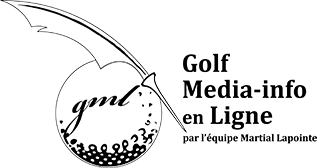Last week we looked at 2 cases with regard to the rules. Here is our explanation of their proper application for Case 1.
Case 1
On the first hole, John placed his ball on a tee and, before making his stroke, his club knocked the ball off the tee.
-As long as he has not made a stroke at the ball, the ball is not in play. If he accidentally knocks the ball off the tee, there is no penalty.
John decides to move his tee to a new location a few feet away and tees up his ball.
-It is a given that the ball is not yet in play, so John may move his tee to any other place. He must, of course, remain within the legal teeing area that is 2-club lengths from the line formed by the tee blocks.
Before making his swing, he removes some weeds.
-It is permitted to modify the surface of the teeing area. Consequently, a player may remove anything that grows in this area.
He takes a practice swing and, again, knocks his ball off the tee.
-Because his ball is not in play, hitting his ball with a practice swing does not incur a penalty and it does not matter where the ball ends up.
John decides to not use a wooden tee and looks for some sand with which to build a small pyramid as a tee. He puts his ball on this sand tee and hits his ball to within 6 inches of the hole.
-In the teeing area, a player may modify the surface. He may tee up his ball on anything such as a ridge of grass. He may also indent the surface with a club to create a tee and place his ball on it.
-However, if one uses a wooden tee, the Rules stipulate that it cannot be longer than 4 inches, nor may it be designed to do anything other than support a ball.
Arriving at the green, John holes out. What is John’s score for this hole?
John will write in a score of 2 on his card.
Continued next week for Case 2.






